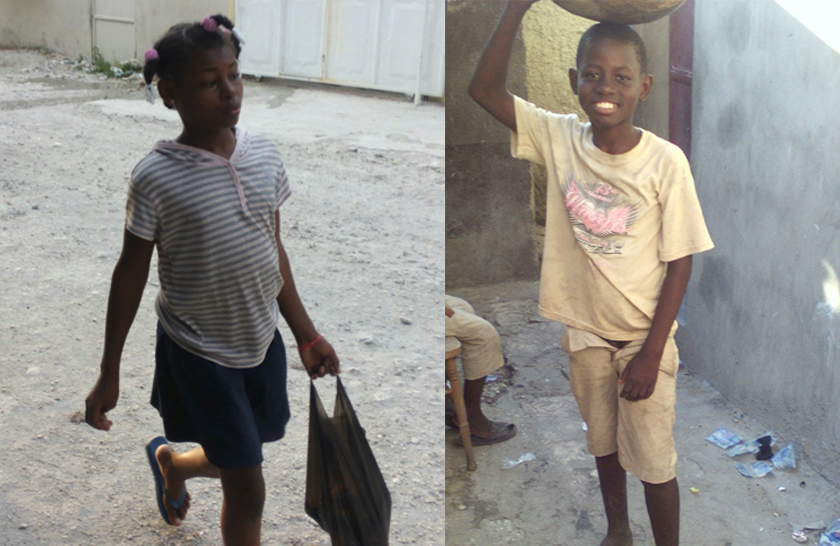Many parents, who live in poverty, are unable to feed their children; so with broken hearts, they give them away to more affluent families, hoping that their child will live in better conditions, and obtain an education. But, with few exceptions, these children work as domestic servants, working in the homes of their “masters” from early morning till night and are exposed to sexual violence.
Girls comprise the majority of restavek children and are particularly vulnerable to abuse, sexual violence, and rape. Recruiters are frequently used in Haiti to find restavek children for middle class families. Consequently, aside from the benefits to families using such children for free labor, there is financial incentive to another group of profiteers to maintain the practice. Traffickers also move children across the Haitian border, and there are an estimated 3,000 “restavèk” children in the Dominican Republic.
For many children, the day is filled with chores. Even the youngest are expected to fetch heavy buckets of water, hand-wash clothes, carry loads to and from the marketplace, and work in the fields—often laboring for 14 hours a day for no pay—sleeping on the floor, dressed in rags, eating leftovers, and often beaten. When confronted with the reality, we must respond. This is not someone else’s crisis…it’s all of ours.
The purpose of the “Combating Child Labor Project is to keep the youth at home, in their community, out of the predatory environments of the city(s) and the predators’ reach.
These are the harsh, life-and-death issues that have brought children to At Risk children’s educational program.

